![]()
30 Underrated Cooking Tricks To Make Anything You Cook Taste Better
1. Add Sugar To Tomato Sauces
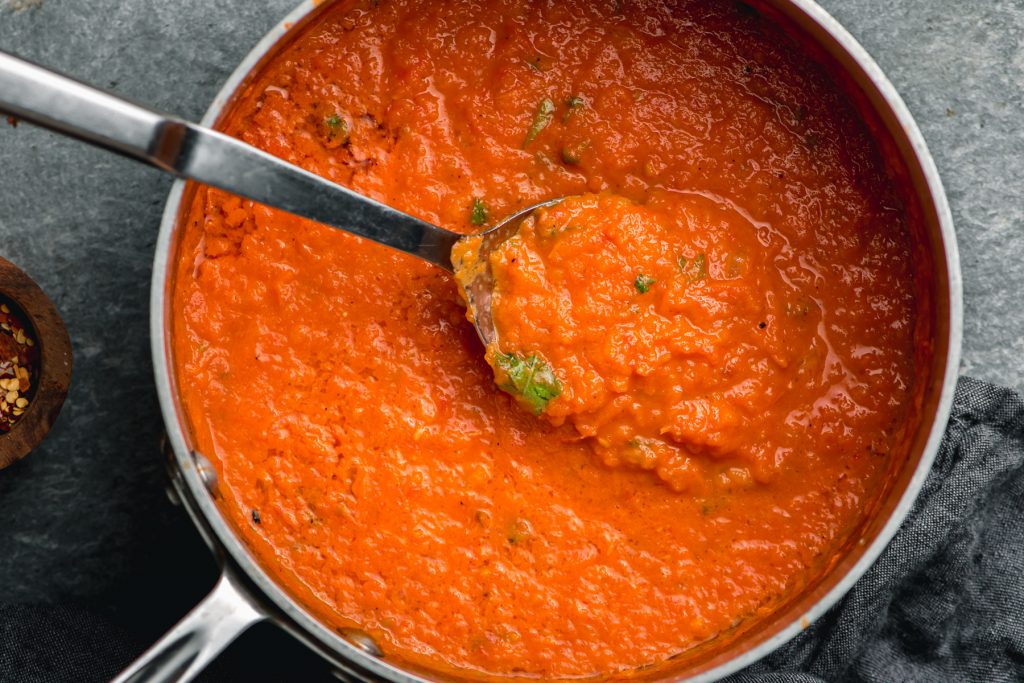 Image Source / The Frayed Apron
Image Source / The Frayed Apron
When making a tomato-based sauce whether that be for pasta, soup or anything in between, sometimes it just tastes too tomatoey. If this is the case and the acidity of the tomatoes takes over the flavour of the dish, add a spoonful of sugar to create a more balanced sauce.
2. Don’t Forget To De-Glaze
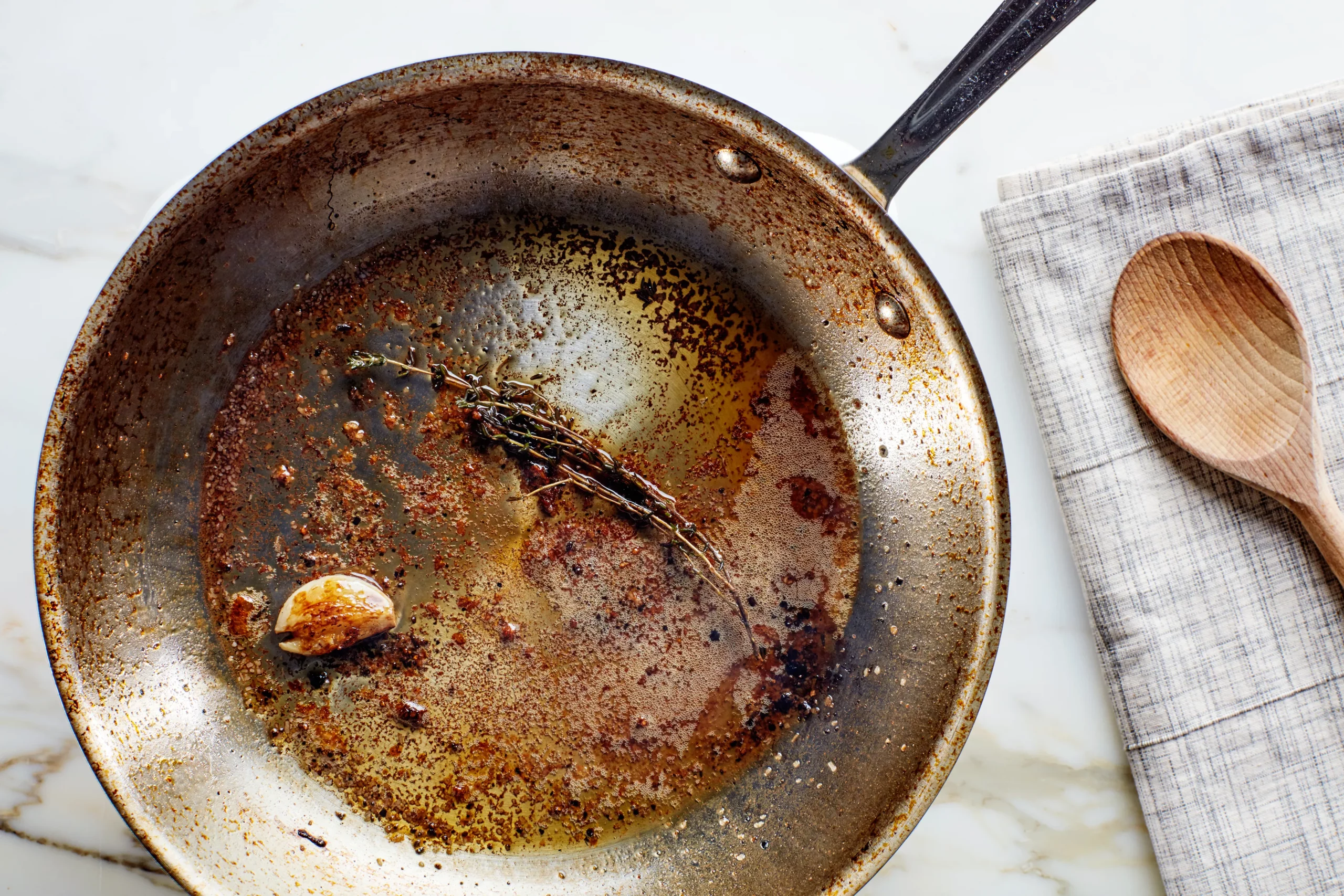 Image Source / Epicurious
Image Source / Epicurious
If your pan looks like this after frying, don’t wash it away! The muck on the bottom of your pan holds an insane amount of flavour that you can use in your dish. The process of de-glazing a pan is when you put liquid into a hot pan to release the caramelised food stuck to the base. This can be done using stock or wine.
3. Taste As You Go
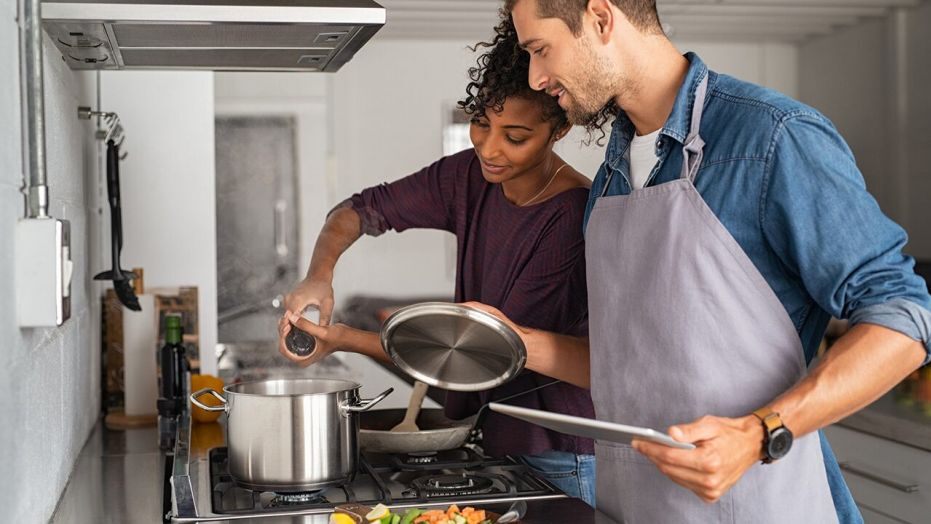 Image Source / OutwitTrade
Image Source / OutwitTrade
Have you ever seasoned your food, tucked in, and its been overpowered with salt or other flavours? That is the importance of tasting your food as you cook, to see how much flavour you really need and as we all have our own individual taste preferences, season to your liking. If you’ve gone overboard on the seasoning, add a splash of water to dull the flavour.
4. Always Rinse Your Rice
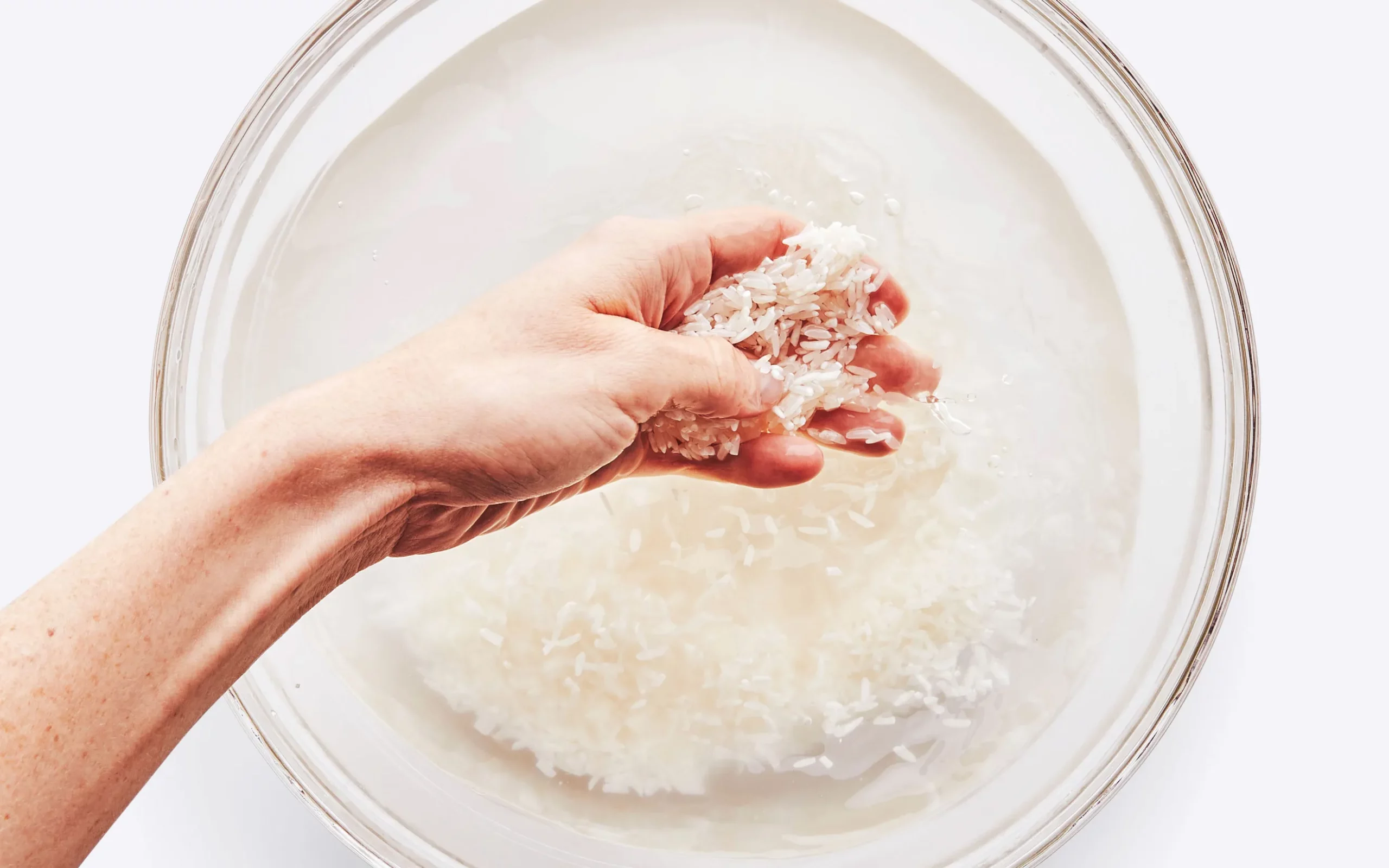 Image Source / Bon Appetite
Image Source / Bon Appetite
Making rice requires the right knowledge and skills; no one wants stodgy, clumpy rice which occurs due to the large volume of starch that rice contains. Washing your rice before you cook it removes the excess starch, leaving you with lovely individual, fluffy grains of rice.
5. Hold On The Garlic!
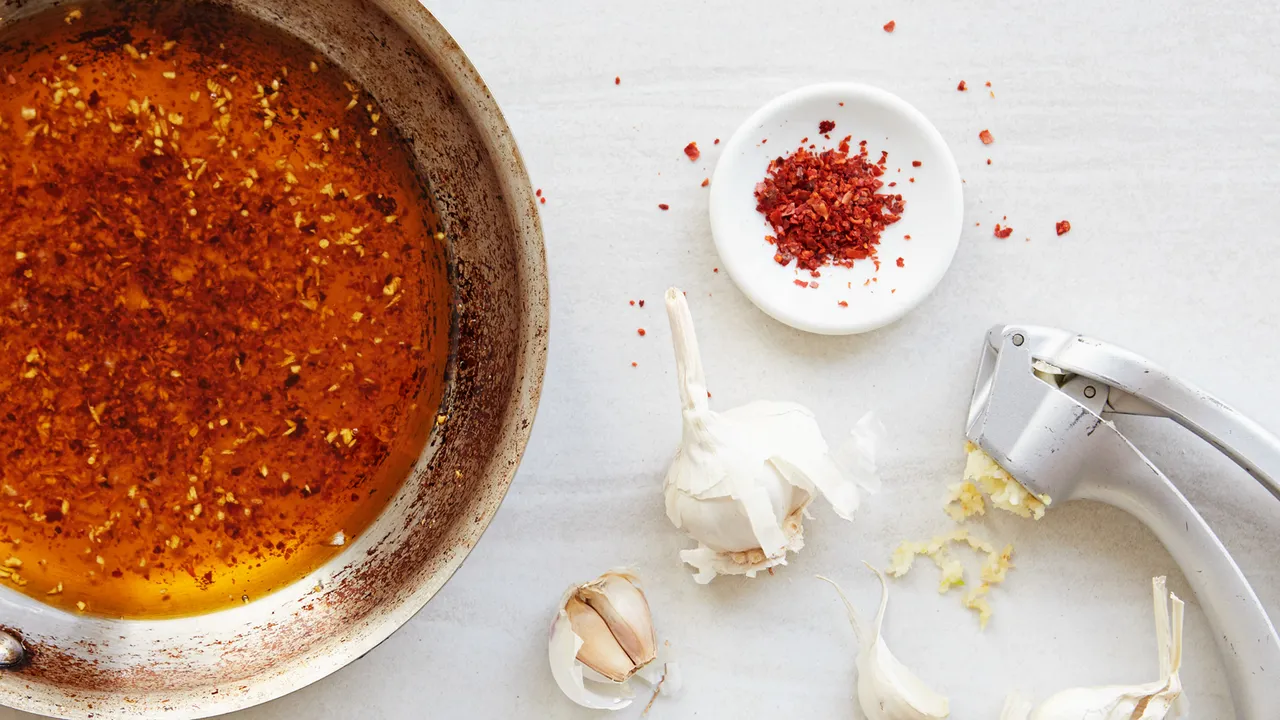 Image Source / Epicurious
Image Source / Epicurious
When cooking a dish, our reflexes take us to oil and garlic in a pan to start things off. However this is usually not the most successful way to incorporate garlic as garlic burns really easily when fried, leaving you with a very bitter taste. Instead, add another ingredient first, such as onion to kill the heat slightly to stop your garlic burning.
6. Salt Your Pasta Water
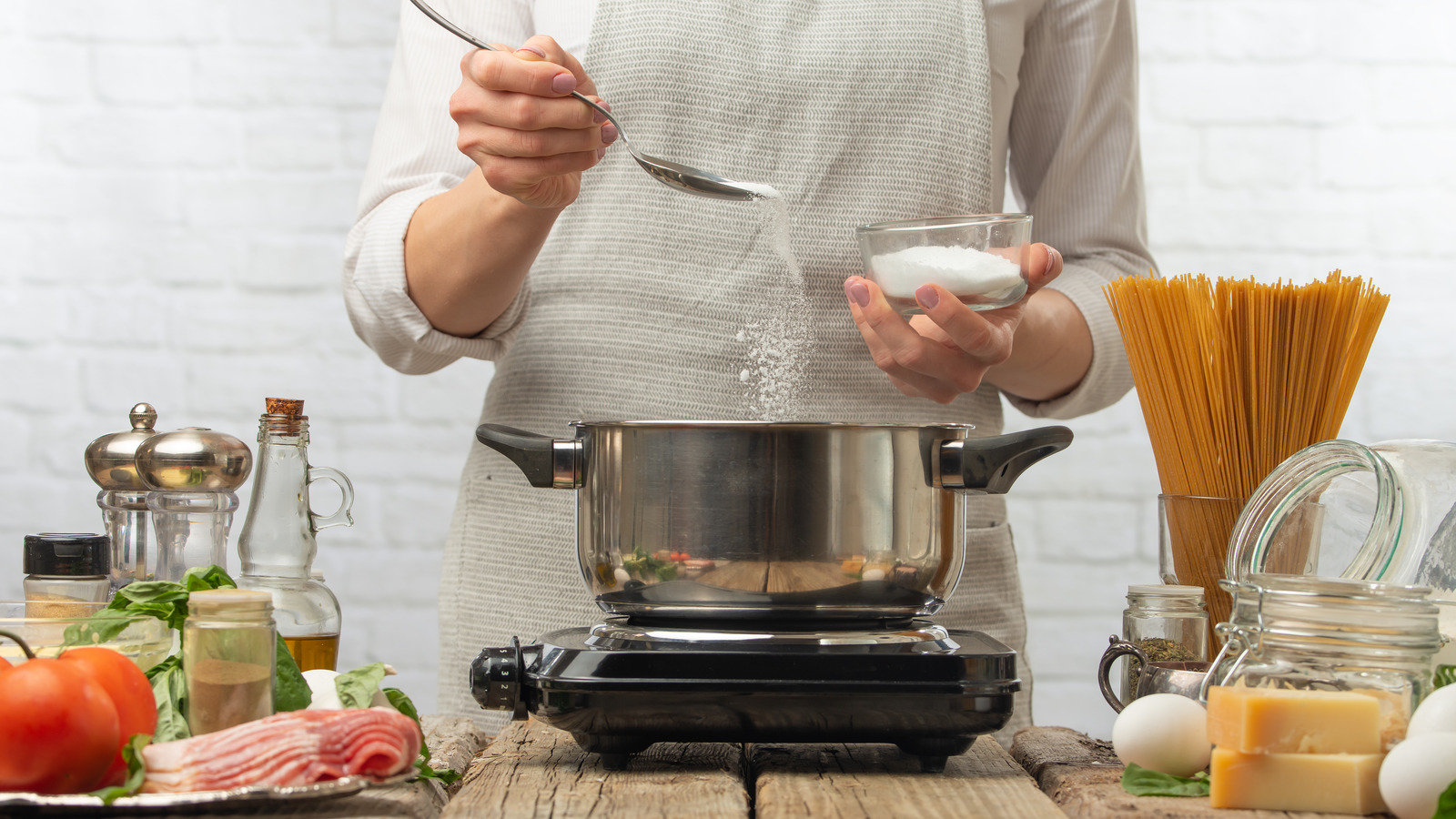 Image Source / Tasting Table
Image Source / Tasting Table
Salting the water of your pasta may seem like a pointless act, but it is one of the most important steps to ensure a delicious pasta dish. This provides an even distribution of seasoning to your pasta, and industry professionals say that you should make your pasta water as salty as the sea!
7. Use Sharp Knives
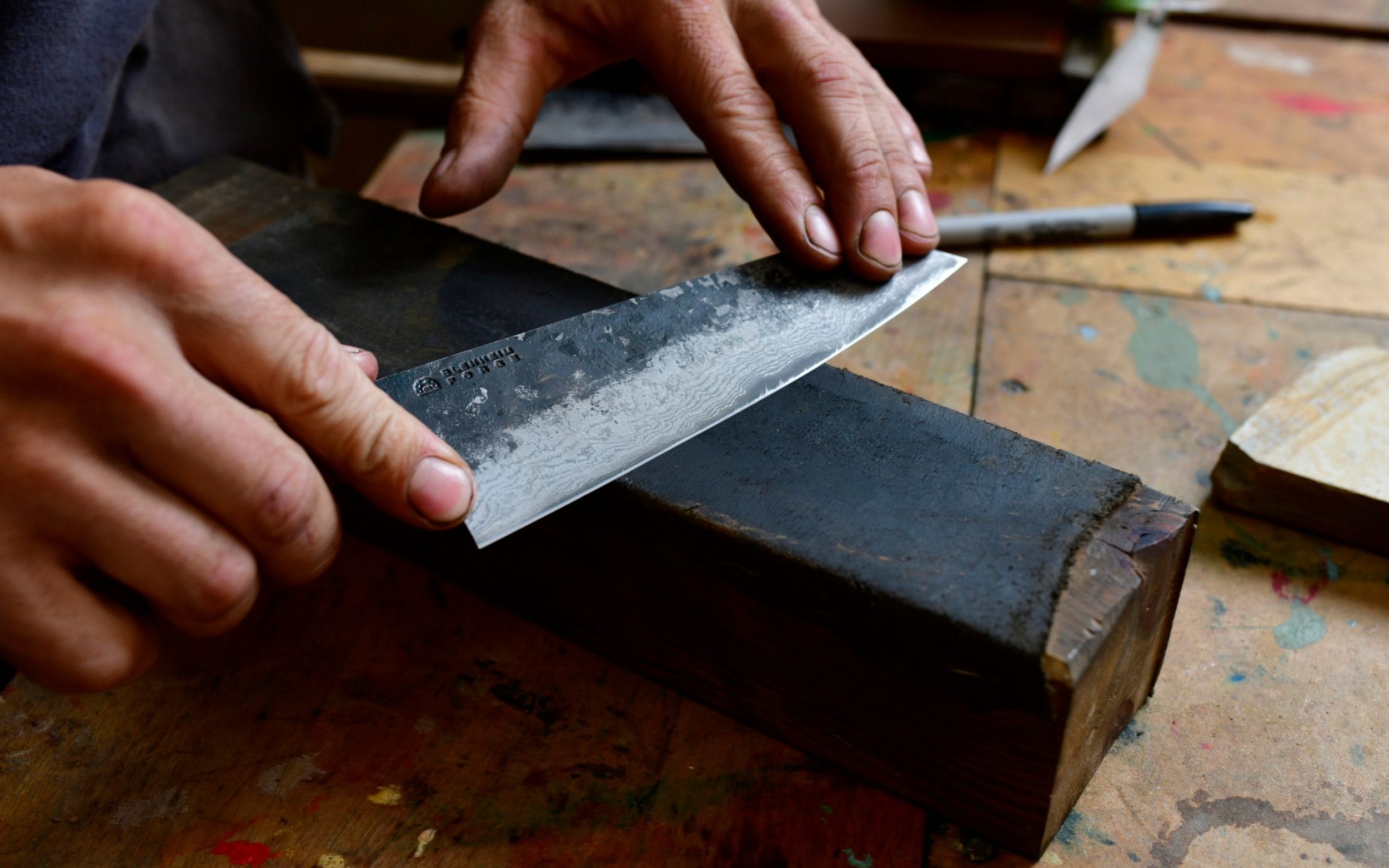 Image Source / The Telegraph
Image Source / The Telegraph
Having the right tools are essential in preparing a good meal. Not only does it make chopping and slicing so much quicker and easier, but you will find your experience with cooking will be much more enjoyable with sharp knifes. Blunt knives are also a big health risk; they are much more likely to slip when you slice, increasing the chance of an injury.
8. Save Scraps For Stock
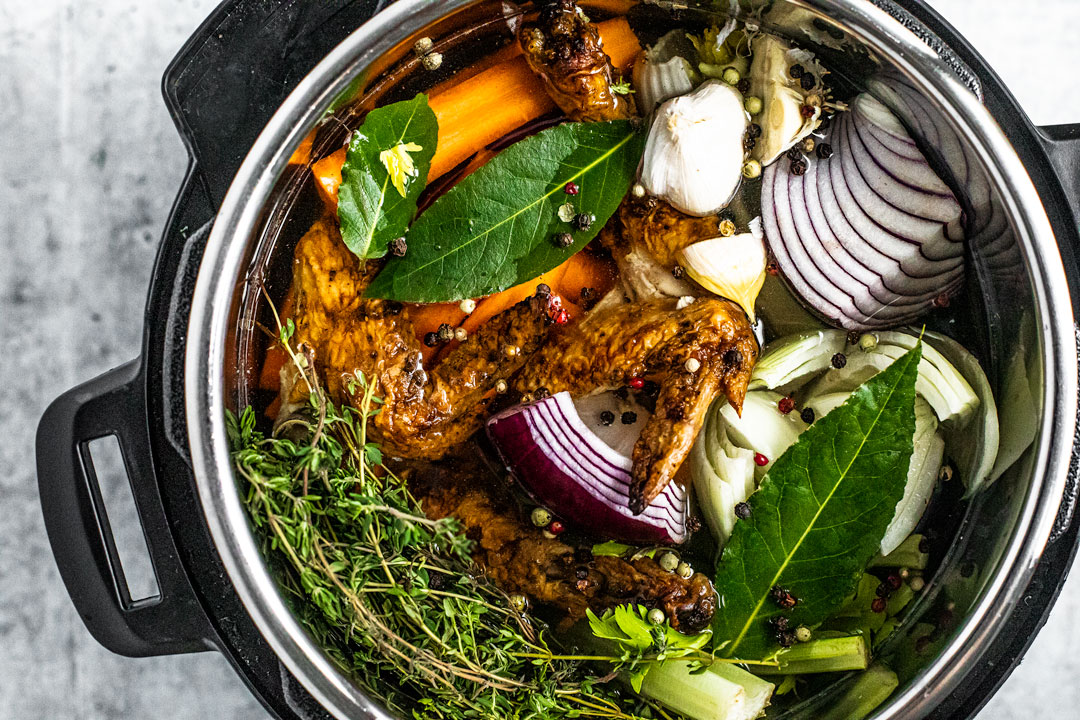 Image Source / Killing Thyme
Image Source / Killing Thyme
If you want to be a zero waste household, think again before chucking away any unwanted vegetables, meat bones and other scraps. These elements don’t deserve to be binned as they hold astonishing amounts of flavour; instead, use your scraps to make a delicious stock, that you can use in future recipes.
9. Don’t Overcrowd The Pan
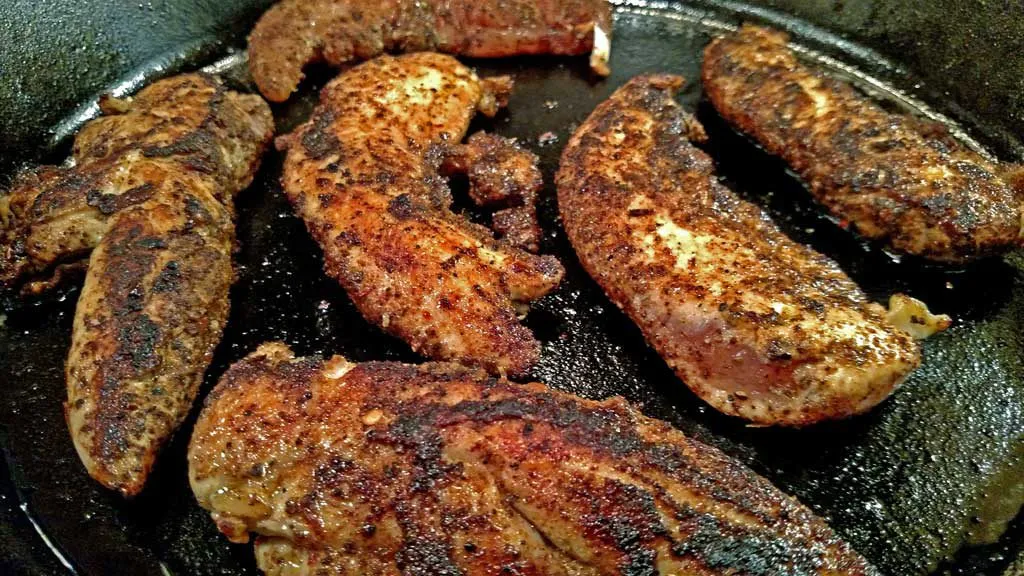 Image Source / The Mountain Kitchen
Image Source / The Mountain Kitchen
Usually when frying something, you want everything to cook simultaneously, so you cram as much into the frying pan as possible. However, overcrowding a pan can be quite dangerous as the more you put in your pan, the more it cools it down meaning your food won’t cook evenly. The avoid any health risks, cook in batches if you feel your pan is a little too busy.
10. Save That Pasta Water
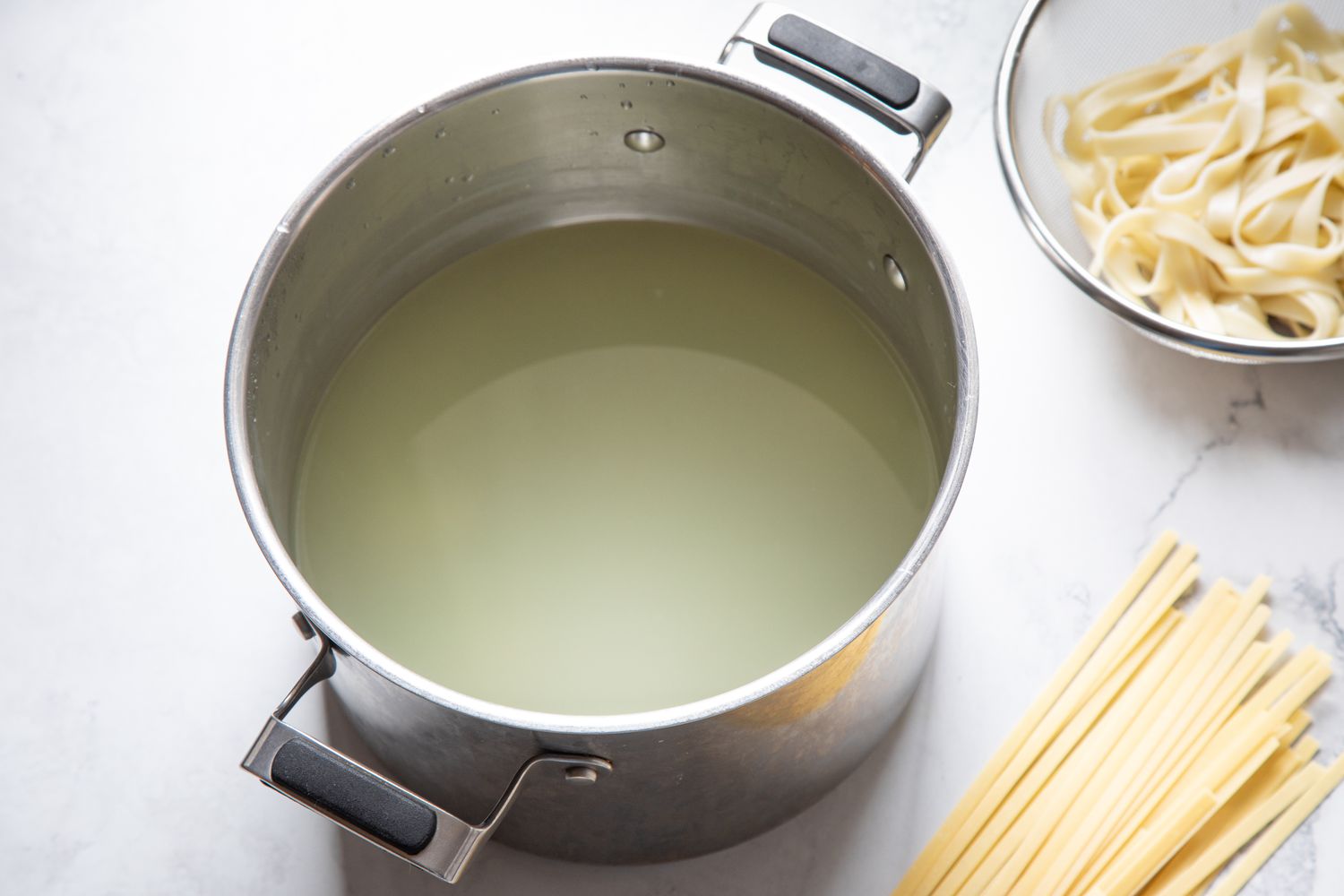 Image Source / Simply Recipe
Image Source / Simply Recipe
Don’t throw your pasta water down the drain! This stuff is liquid gold. As it is filled with starch and salt, it will not only add incredible flavour to your sauces, but the starchy pasta water can be then basis of silky, thick, restaurant standard sauces such as Carbonara and also acts as a binding agent for the pasta and the sauce.
11. Let Meat Rest
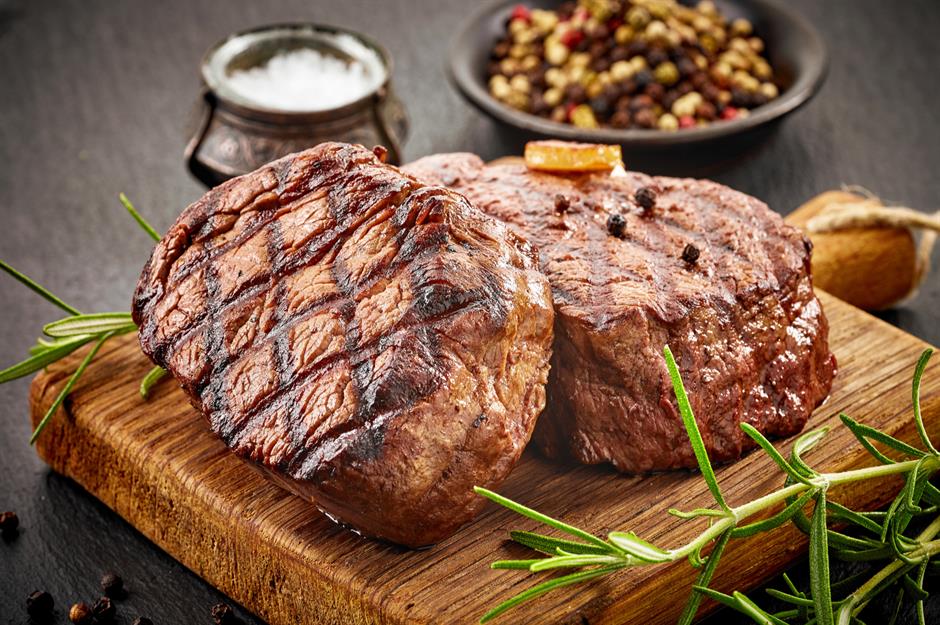 Image Source / Lovefood
Image Source / Lovefood
As tempting as it is to tuck into a joint of meat or a steak straight out of the oven or stove, it is vital you let your meat rest post cooking. This is so the juices of the meat can reabsorb and infiltrate the meat which it can’t do while cooking, if you don’t let your meat rest you will cut it open to find a pool of liquid and a verity dry cut of meat.
12. Utilise Oil When Boiling Pasta
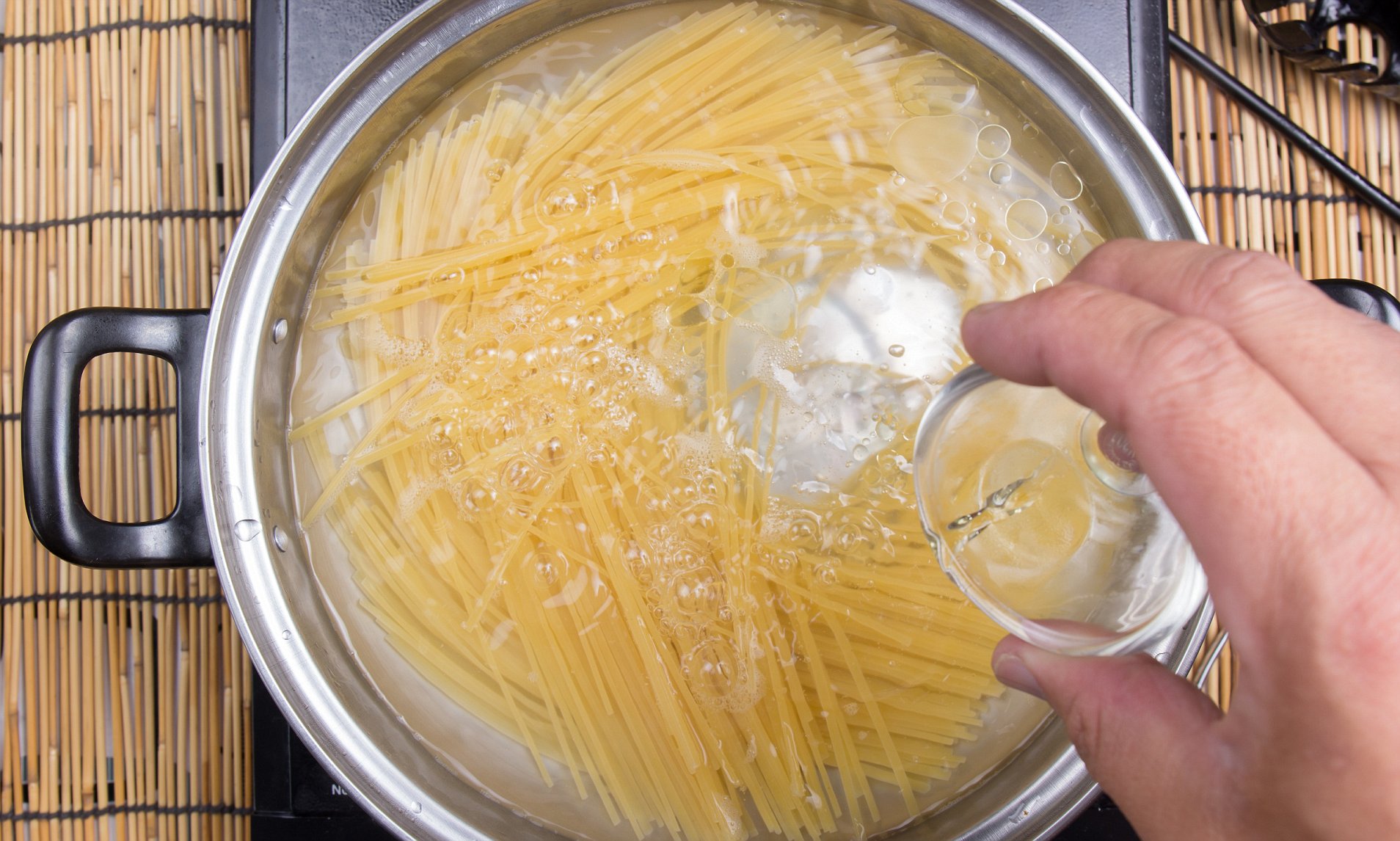 Image Source / Daily Mail
Image Source / Daily Mail
If you find that when you cook pasta it clumps together, or even sticks to the bottom of the pot, adding a small amount of olive oil can help reduce the chance of this annoyance occurring. As oil is less dense than water, it will layer on the top of the water so that when you drain it, it will not clump together.
13. Dry Meat Before Cooking
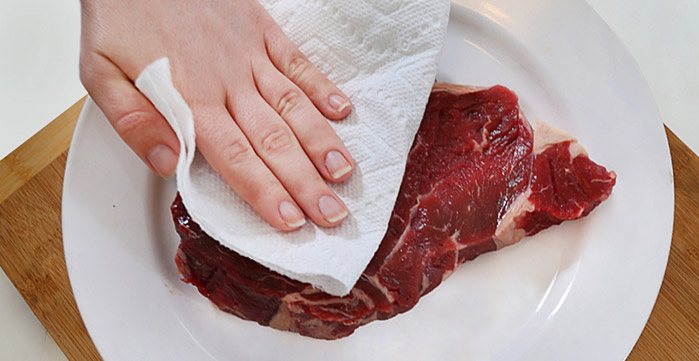 Image Source / Bounty
Image Source / Bounty
Patting your meat dry before searing ensures you will get a nice crust on your meat, adding flavour and helping it cook more evenly. The extra moisture, if not removed, would steam the meat rather than searing it. This simple, very quick step doesn’t require any skill or effort, but can make or break the cooking of your meat.
14. Use Room Temperature Meat
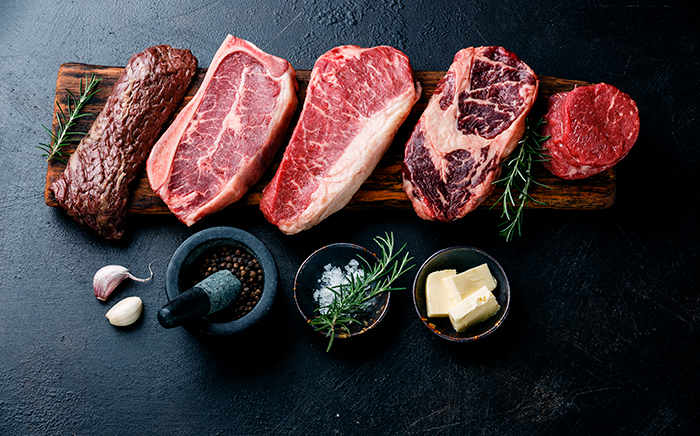 Image Source / Teka
Image Source / Teka
Another skill free, easy step you can take to ensure a perfectly cooked joint of meat. If you don’t allow your meat come to room temperature, when it hits the hot pan it will contract and shrink, leaving you will less meat to enjoy. A hot pan cooking something so cold will also mean that the surface area of the meat will cook quicker than the centre, leaving you with both a burnt, and cold joint of meat at the same time.
15. Toast Nuts And Spices
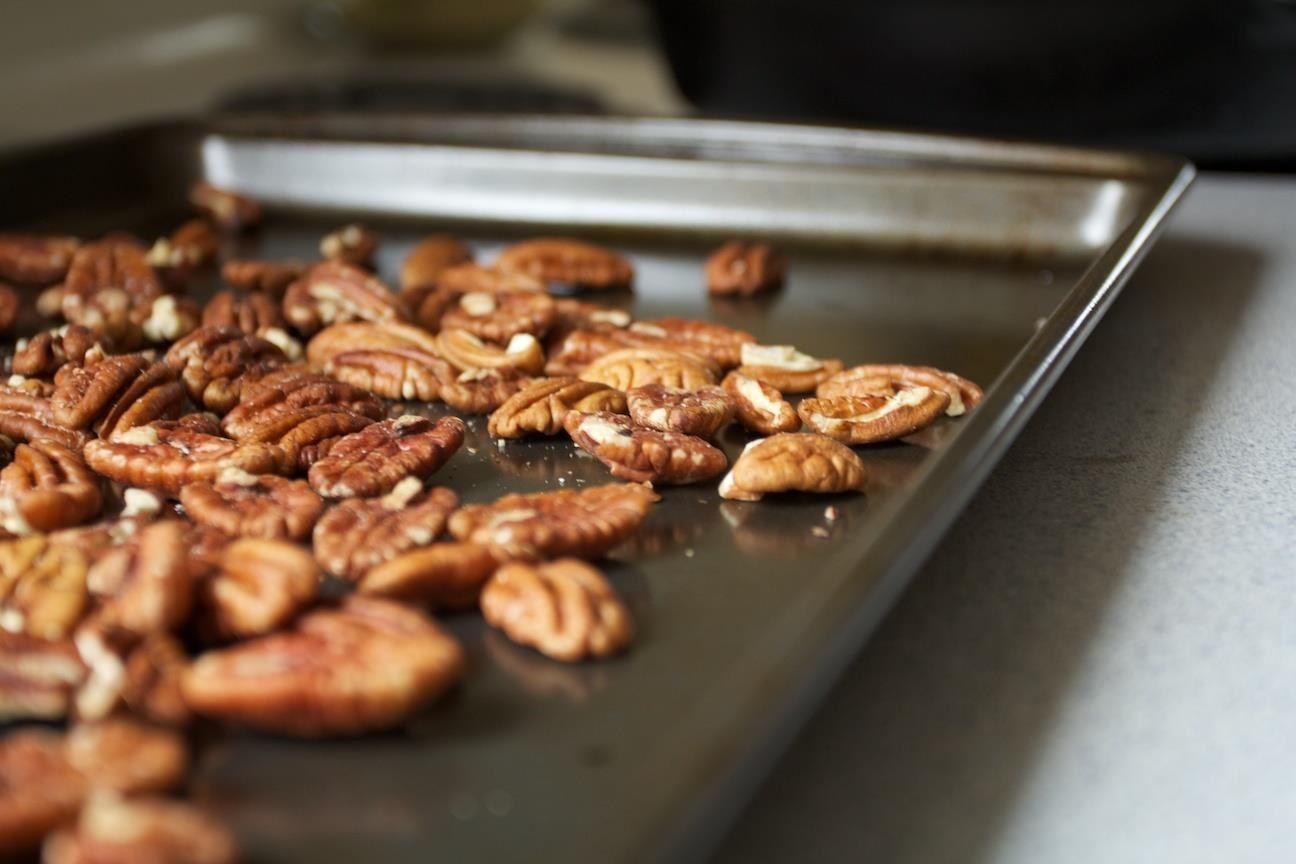 Image Source / Wonderhowto
Image Source / Wonderhowto
Toasting your spices and nuts before grinding them or using them whole is a trick to get the most out of them. Not only does it release the flavour but toasting nuts improves their texture so they keep their crisp no matter how they are used. There are two main methods of doing this; roasting them in the oven on parchment paper or the quicker method, in a dry frying pan over a medium heat.
16. Scrunch Herbs Before Chopping
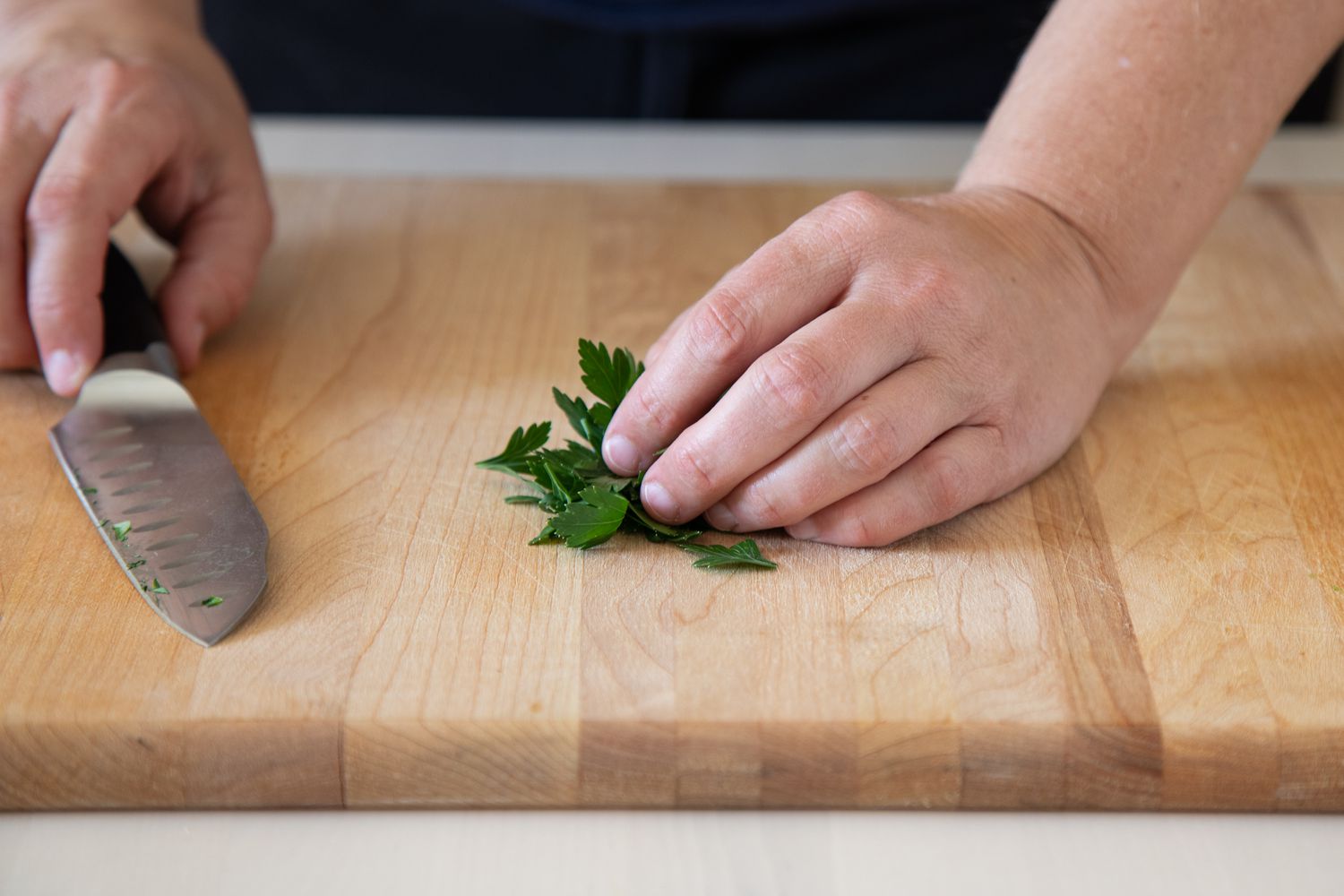 Image Source / Simply Recipes
Image Source / Simply Recipes
To prepare herbs to get the most out of them, you should tightly scrunch them in a ball and then chop them. This not only gives you a even chop of herbs that you can evenly distribute into your dish, but scrunching the herbs first helps release their maximum flavour.
17. Be Aware Of Residual Heat
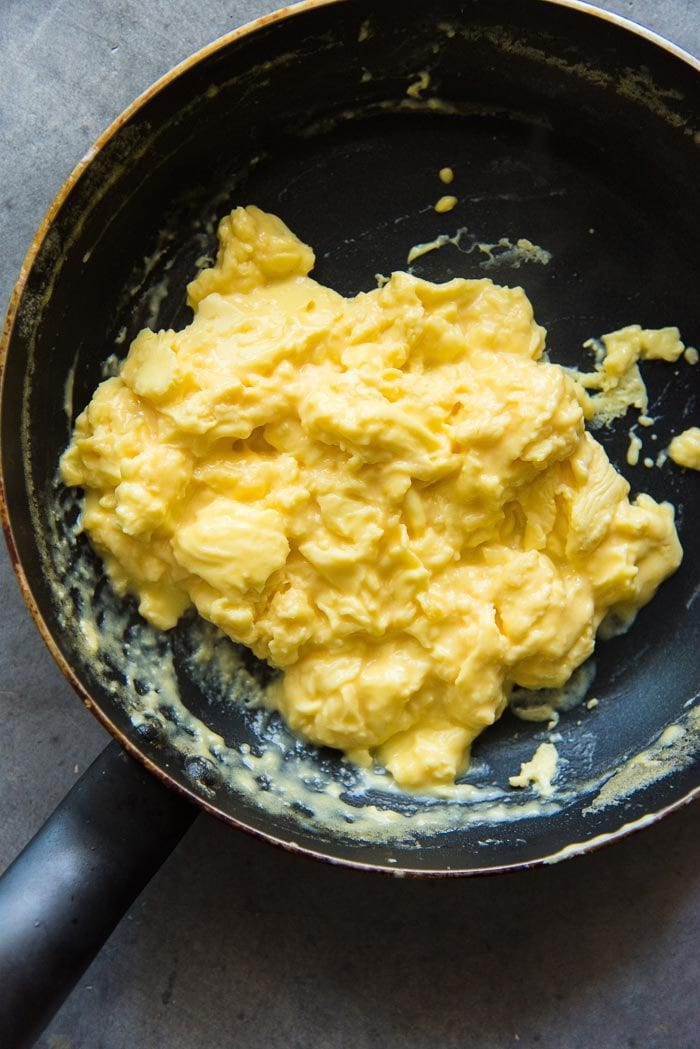 Image Source / The Flavor Bender
Image Source / The Flavor Bender
There is a very fine line between perfect, glossy scrambled egg and dry, rubbery scrambled egg. You turn your back for 20 seconds and its all gone wrong! This temperamental breakfast dish can go from hero to zero in no time. The key is to remove the pan from the heat just before you think the eggs will be done. The residual heat from the pan will continue to cook the eggs even after being taken off the heat.
18. Spice Storage
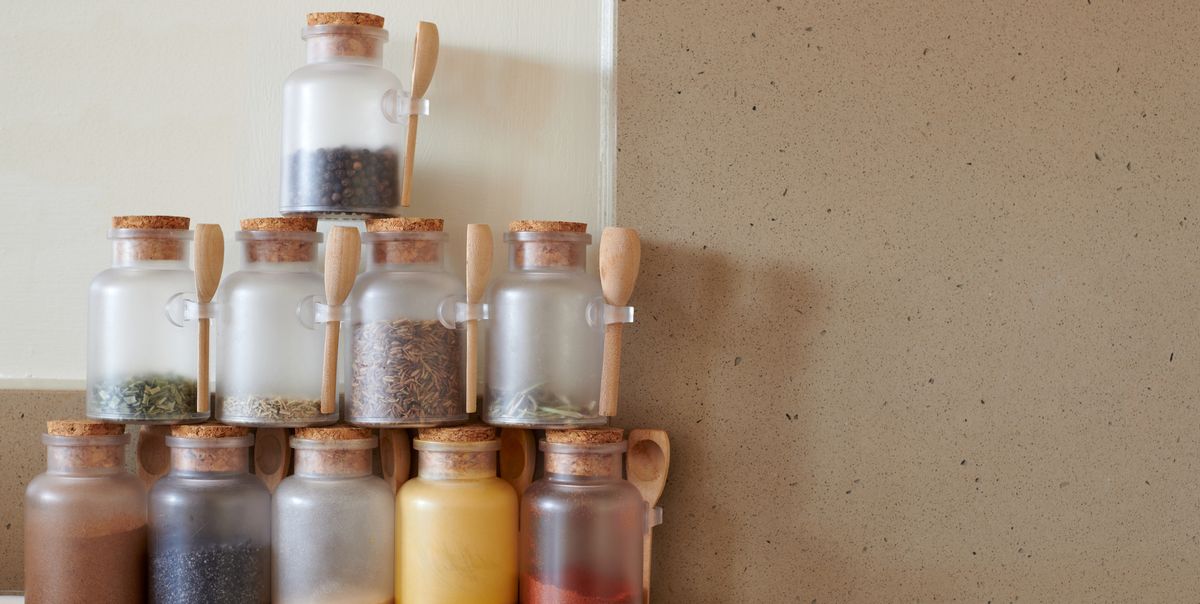 Image Source / Good Housekeeping
Image Source / Good Housekeeping
A poor spice storage setup can shorten the lifespan of your spices and also dull their flavour. To ensure you can get the best from your spices over the longest period of time possible, store your spice jars in a cool, dry place away from direct sunlight.
19. Paper Towels Keep Veg Fresh
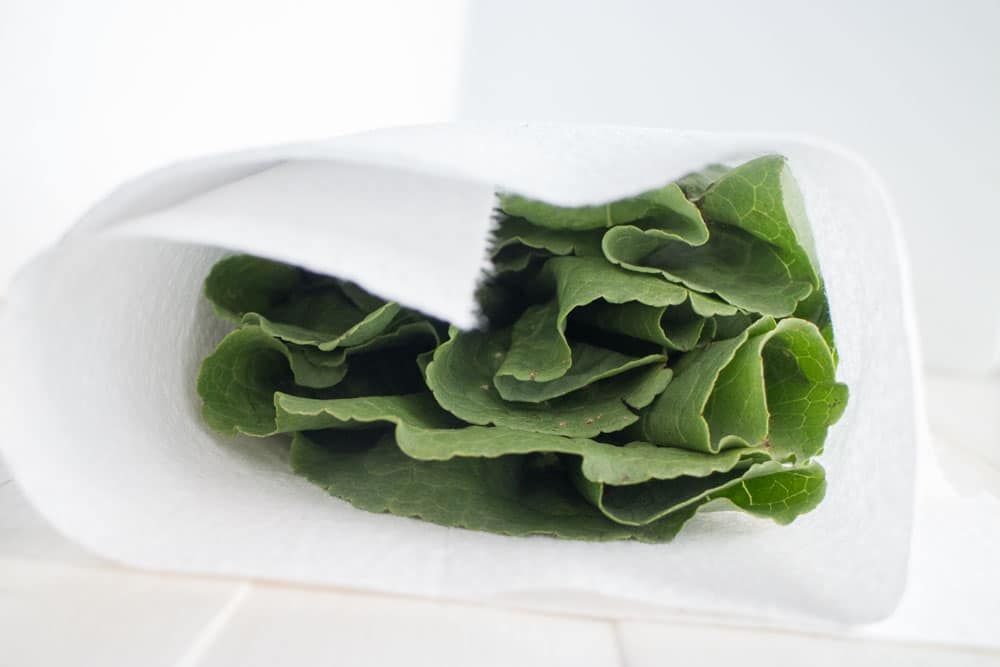 Image Source / Brooklyn Farm Girl
Image Source / Brooklyn Farm Girl
A simple way to get the longest shelf life out of your produce as possible is by placing them into a Tupperware or storage container lined with paper towels. This will make your veggies go a long way, as the paper towel will absorb any excess moisture created by your produce.
20. Prep First Cooking Second
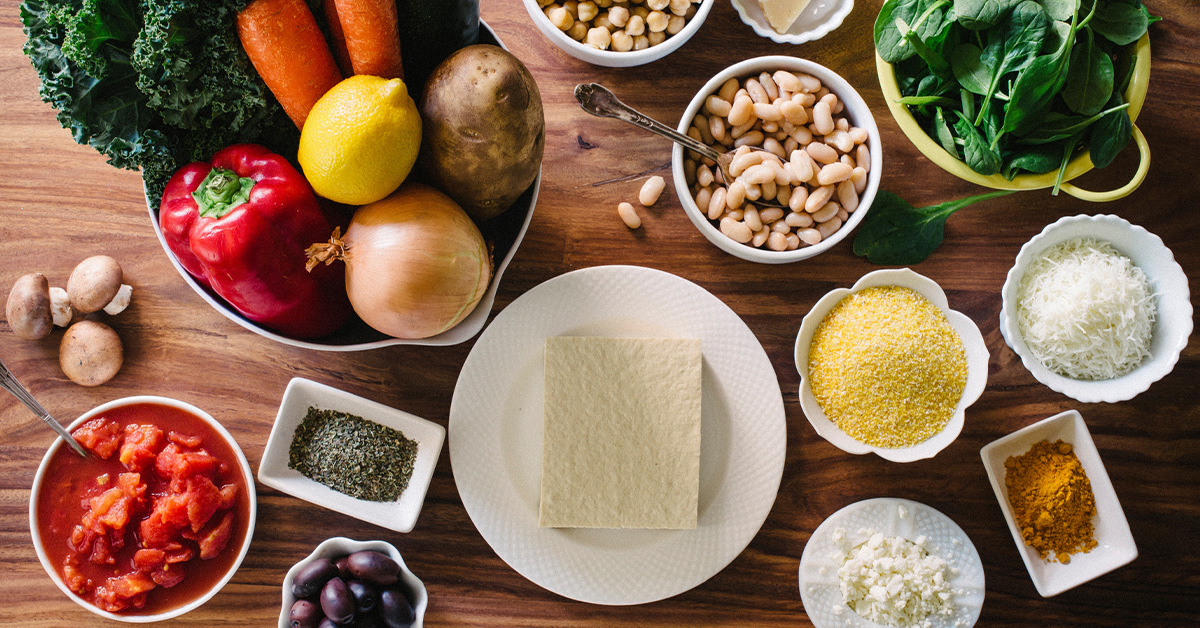 Image Source / Healthline
Image Source / Healthline
Preparing your ingredients prior will ensure mean that the process of cooking your dish will run streamline and smoothly. Preparing in advance will make sure you haven’t accidentally missed out any steps, and make the whole thing less stressful and more enjoyable.
21. Stabilise Chopping Board
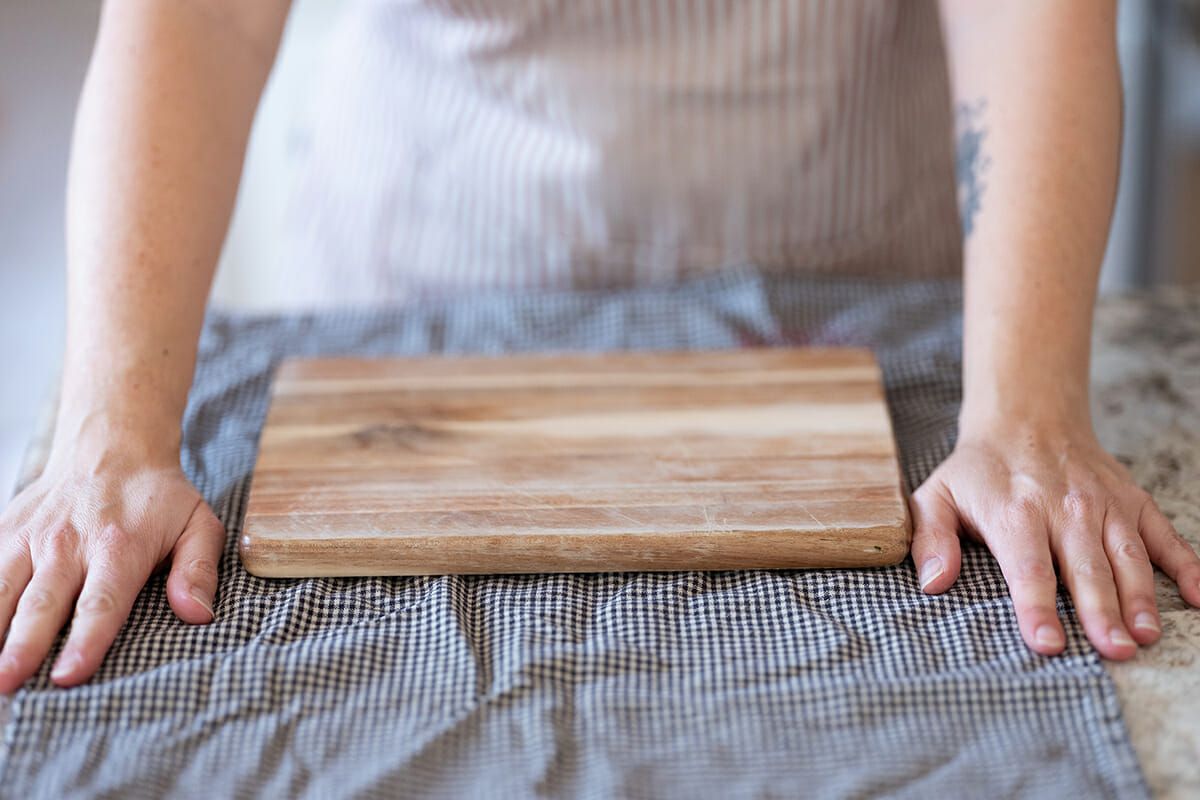 Image Source / Simply Recipes
Image Source / Simply Recipes
If your chopping board does not have any rubber spots to stabilise it, it could be a massive hazard. It is easily resolved, by wetting a tea towel or a paper towel, placing it flat on your work surface, and putting your chopping board on that. This will limit the chances of your board slipping, thus reducing injury risk and increasing the ease of meal time.
22. Defrosting Do’s And Don’ts
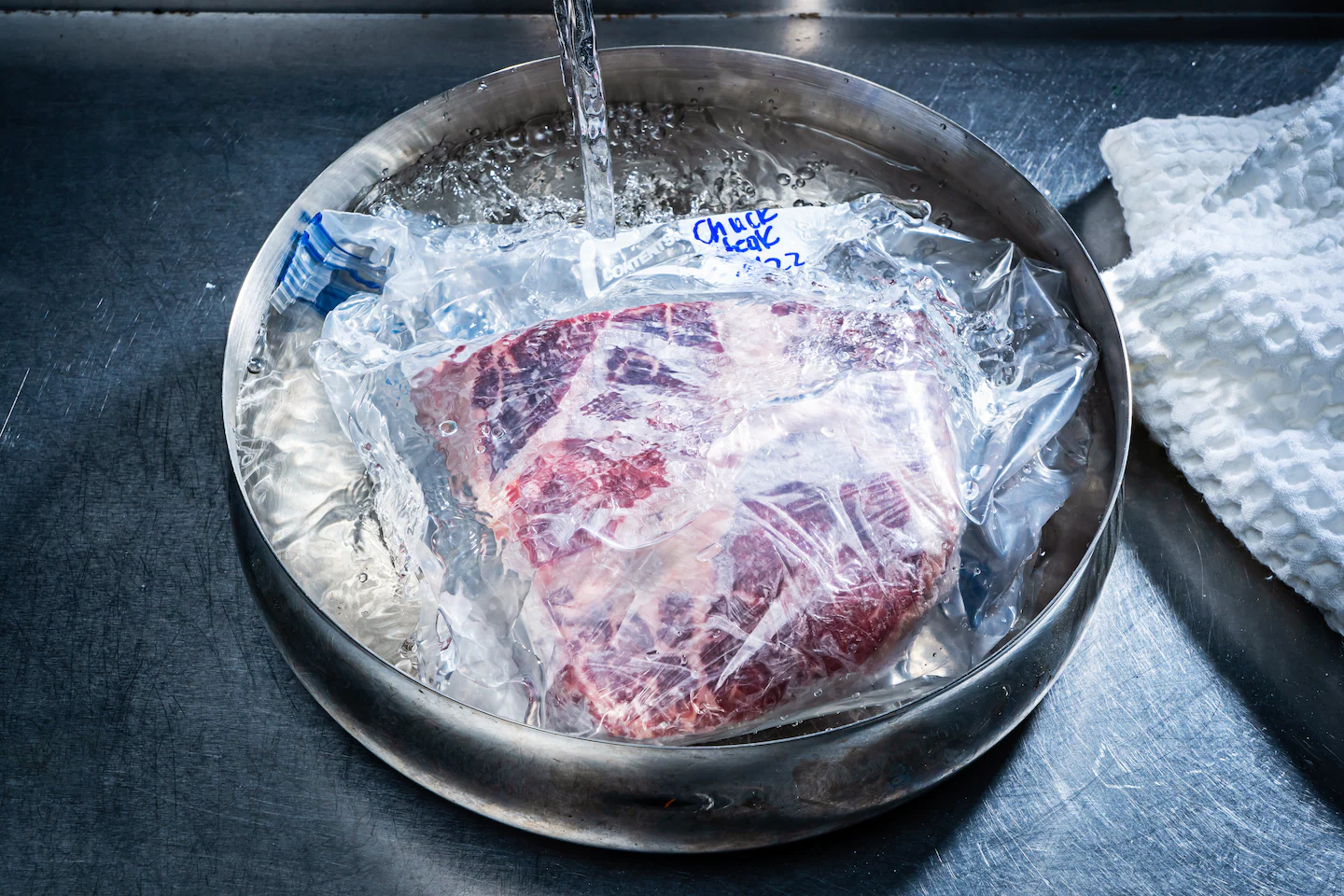 Image Source / The Washington Post
Image Source / The Washington Post
If not defrosted correctly, meat can be extremely dangerous. Never cook your meat from frozen as it will not cook all the way through; instead, these simple and safe defrosting tips should do the trick. If your microwave doesn’t have a defrost setting, take your meat out of the freezer the night before and place it into the fridge to defrost overnight. If time isn’t on your side, you can place your frozen meat into a zip-lock bag and run it under cold water until it has thawed.
23. Take Advantage Of Acids
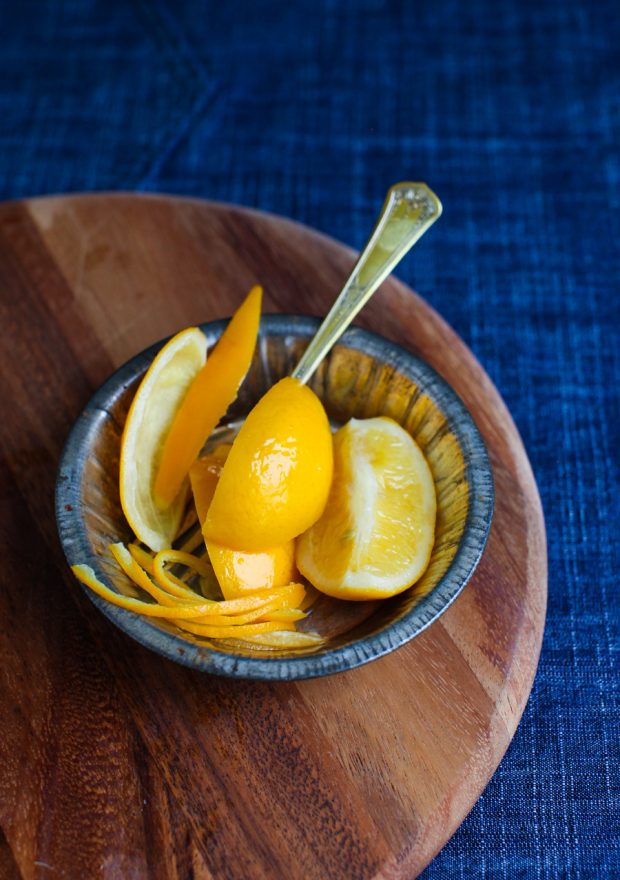 Image Source / Simple Bites
Image Source / Simple Bites
Acidic foods will be your best friend if your food is tasting one dimensional and bland. Ingredients such as lemon and vinegar are an easy way to amplify your dish if it feels lacklustre. This works well in foods that use a lot of fat, as the bight flavours helps cut through the heaviness.
24. Salted Vs Unsalted
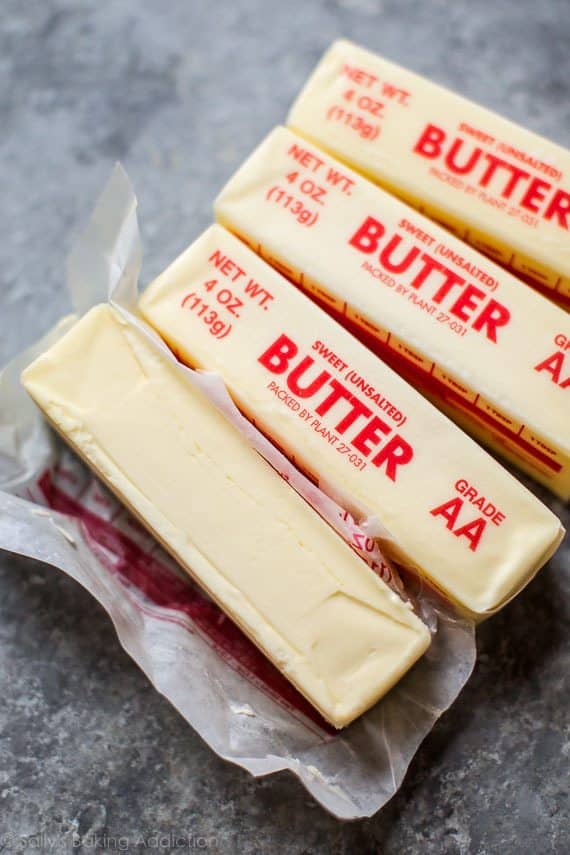 Image Source / Sally’s Baking Addiction
Image Source / Sally’s Baking Addiction
When cooking with butter, it is always recommended to used the unsalted variety as opposed to salted butter. This is so when you’re cooking, you have more control over the salt content of your dish and you don’t go overboard on the salty flavour. This is a really simple way to navigate your cooking, and to know what exactly is going into your dish.
25. De-Clump Your Sugar
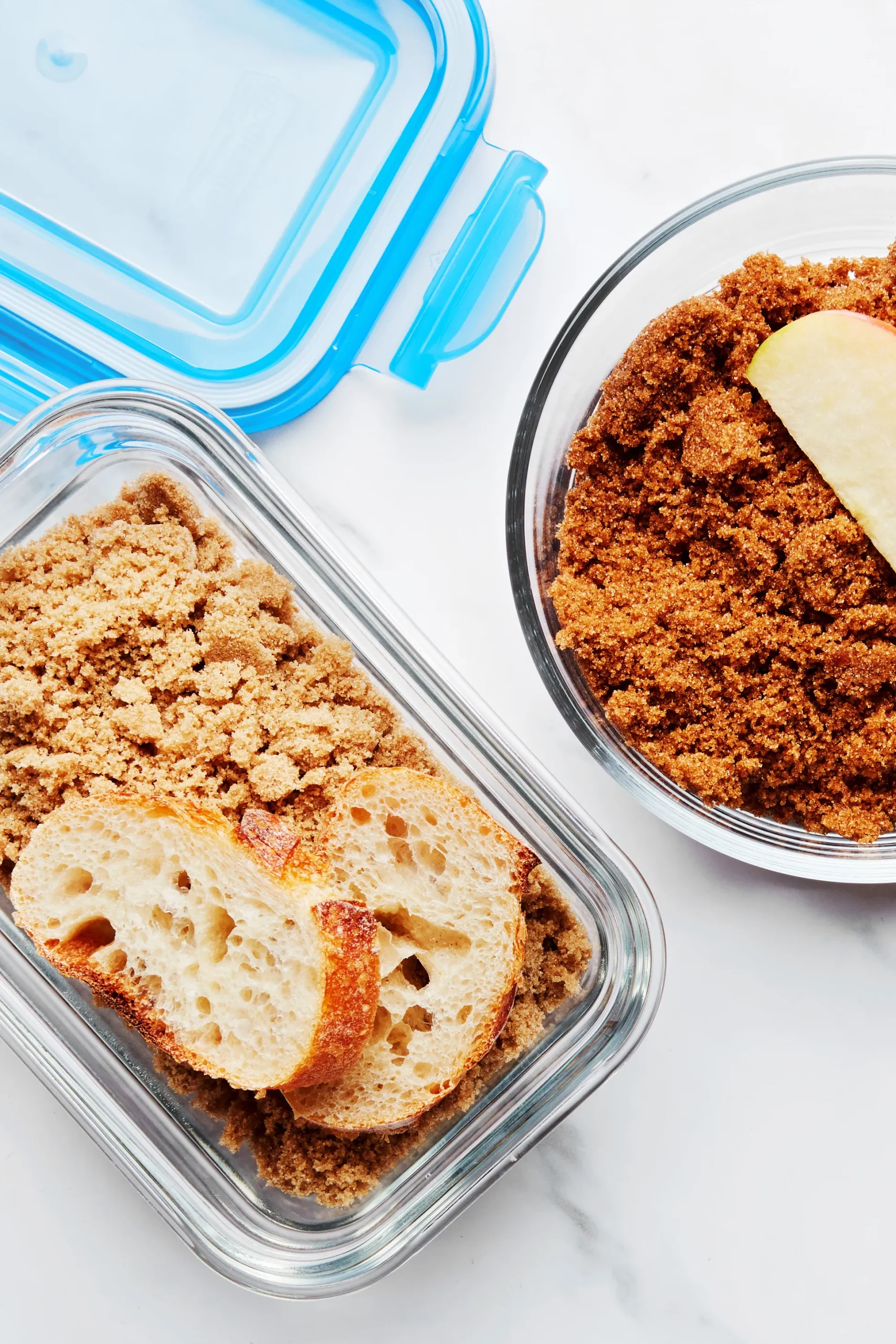 Image Source / Epicurious
Image Source / Epicurious
Brown sugar, after some time, will begin to clump together due to the moisture in the sugar evaporating. If your brown sugar has gotten to this stage and you think its unsalvageable, there is a solution! Place your hard, clumpy brown sugar in a bowl with a slice of bread on top of it; cover the bowl and leave for at least 8 hours. The bread absorbs the excess moisture leaving you with perfectly good brown sugar.
26. When Life Gives You Lemons...
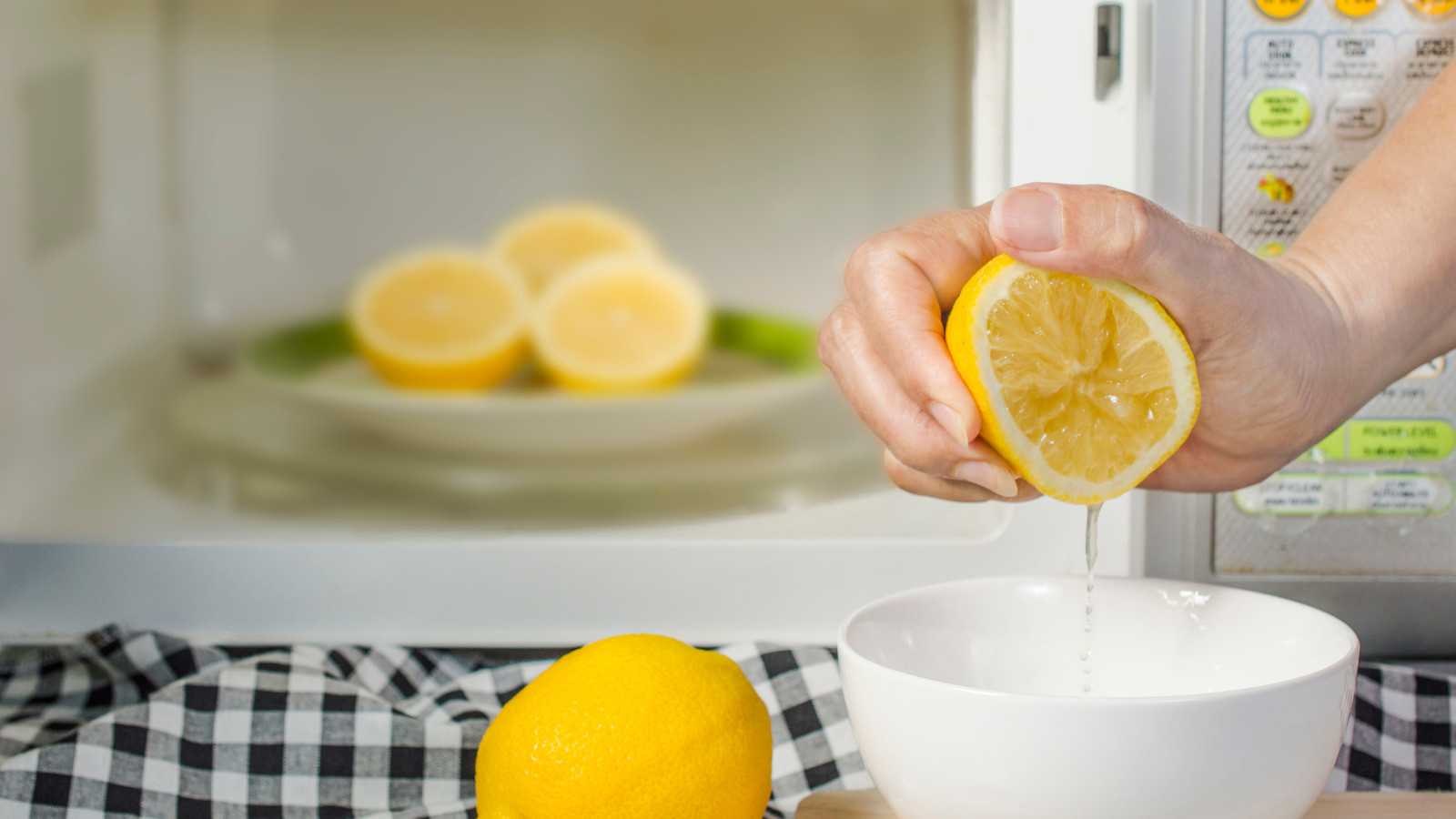 Image Source / Mashed
Image Source / Mashed
When life gives you lemons... you should get the best out of them! If you’ve rolled it on your worktop and still can’t get the amount of juice you desire, put your lemon on a microwaveable plate and put it in the microwave on high for 30 seconds. Now after rolling it on the worktop with your hands, you should cut it open to lemon juice in abundance.
27. A Boozy Brunch
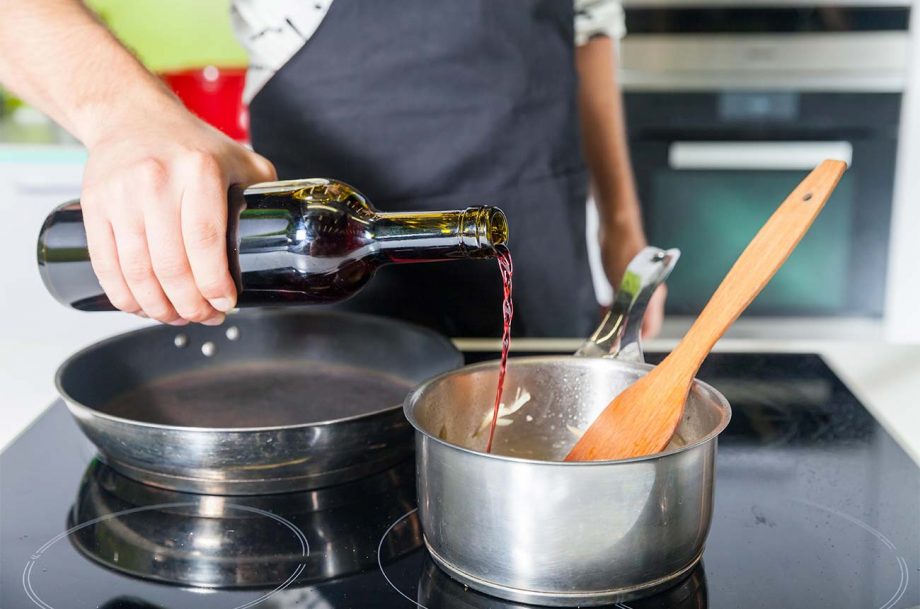 Image Source / Decanter
Image Source / Decanter
Utilising wine in cooking is a great way to add flavour and dimension to your dish. Add it to dishes and cook the alcohol out to leave a rich, deep taste. You can use wine to de-glaze your pan to unleash more flavour but make sure you only cook with wine good enough that you would drink yourself, to enhance the dish but also so you can enjoy a glass while cooking!
28. Sunny Side Up
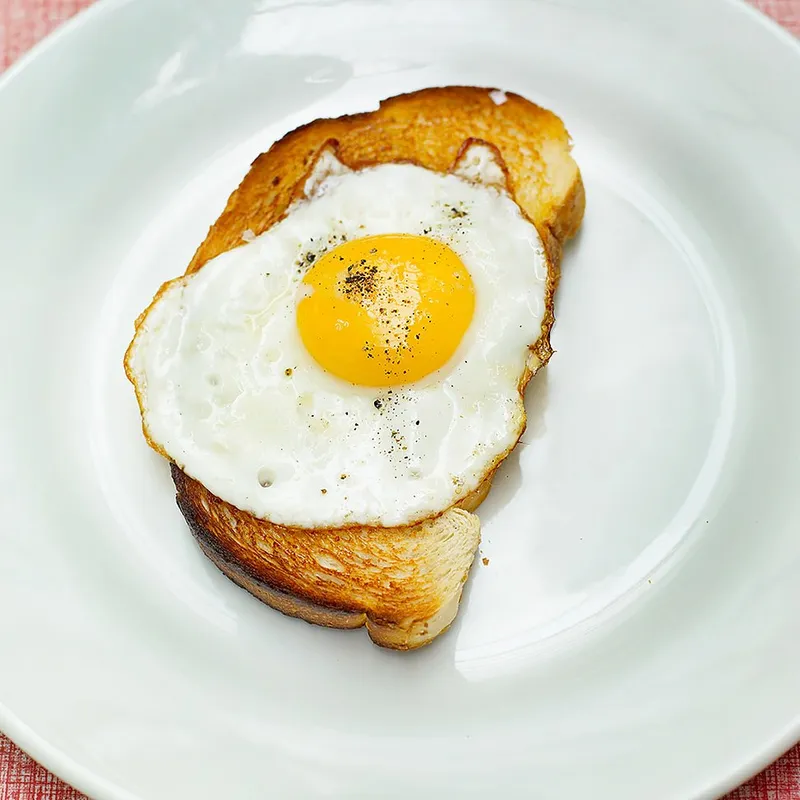 Image Source / Jamie Oliver
Image Source / Jamie Oliver
If you find that your fried egg cooks unevenly and you feel conscious about the amount of oil you’re using, try streaming it. With just a tiny bit of oil in pan, crack in your egg and cover with a lid. The steam will cook your egg evenly and the oil will create the crust on the base of the egg that we all love.
29. Get The Most Out Of Onions
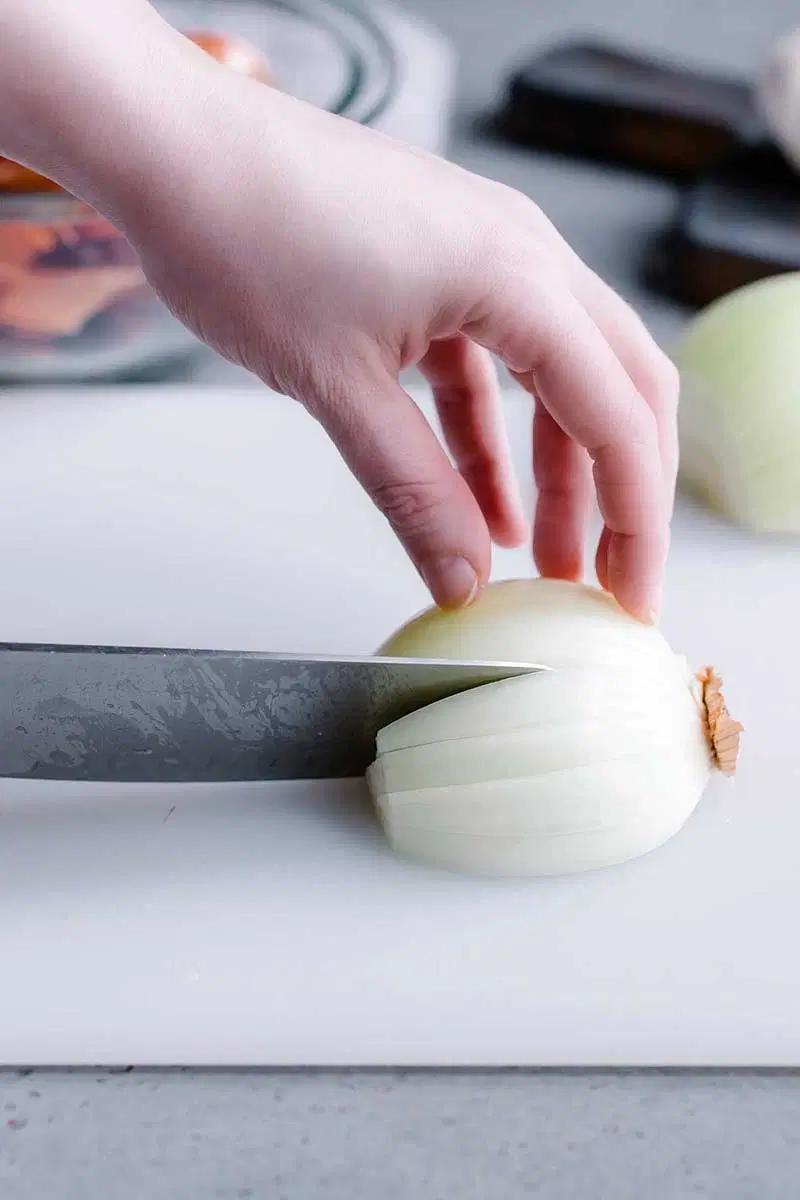 Image Source / Savory Simple
Image Source / Savory Simple
Onions can be tricky to cut, especially when you have nothing left to grip on to. If you keep the base of the onion in tact at all times it allows you to maximise the amount of onion you get. It also gives you something to grip on to and eliminates any onion cutting injuries.
30. Brining Is Best
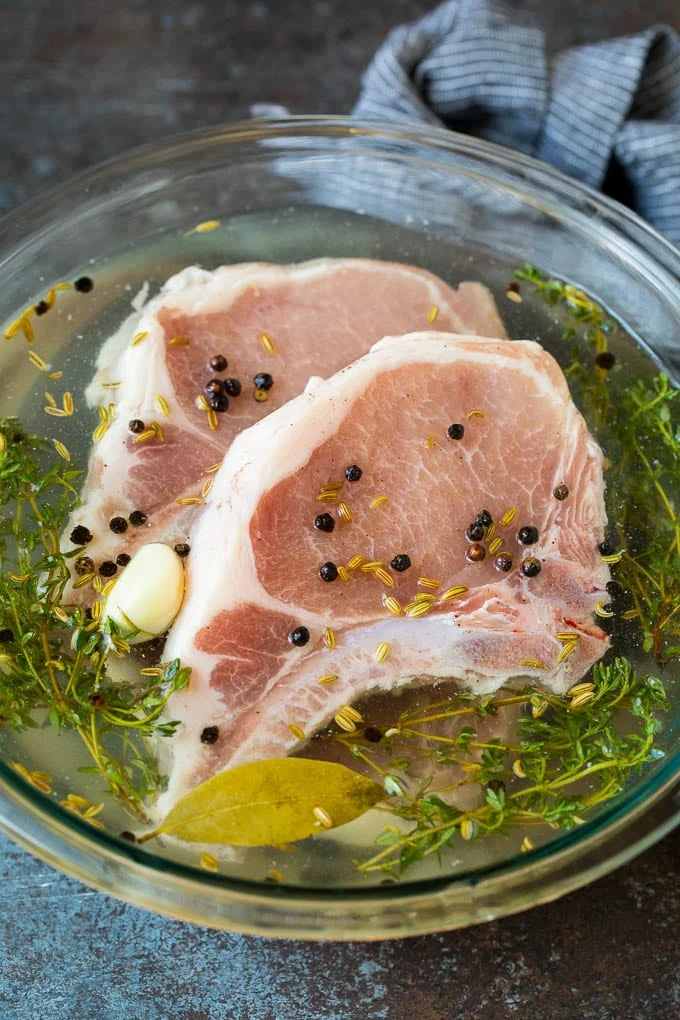 Image Source / Dinner At The Zoo
Image Source / Dinner At The Zoo
Lean meats such as poultry and pork have more chances of drying out while cooking, so if you have the time, brining your meat is the best chance of succulent juicy meat. Brining consists of your meat soaking in a flavourful liquid to infuse flavour and allow your meat to soak up as much moisture as possible so it doesn’t dry out while cooking.
 Image Source / The Frayed Apron
Image Source / The Frayed Apron Image Source / Epicurious
Image Source / Epicurious Image Source / OutwitTrade
Image Source / OutwitTrade Image Source / Bon Appetite
Image Source / Bon Appetite Image Source / Epicurious
Image Source / Epicurious Image Source / Tasting Table
Image Source / Tasting Table Image Source / The Telegraph
Image Source / The Telegraph Image Source / Killing Thyme
Image Source / Killing Thyme Image Source / The Mountain Kitchen
Image Source / The Mountain Kitchen Image Source / Simply Recipe
Image Source / Simply Recipe Image Source / Lovefood
Image Source / Lovefood Image Source / Daily Mail
Image Source / Daily Mail Image Source / Bounty
Image Source / Bounty Image Source / Teka
Image Source / Teka Image Source / Wonderhowto
Image Source / Wonderhowto Image Source / Simply Recipes
Image Source / Simply Recipes Image Source / The Flavor Bender
Image Source / The Flavor Bender Image Source / Good Housekeeping
Image Source / Good Housekeeping Image Source / Brooklyn Farm Girl
Image Source / Brooklyn Farm Girl Image Source / Healthline
Image Source / Healthline Image Source / Simply Recipes
Image Source / Simply Recipes Image Source / The Washington Post
Image Source / The Washington Post Image Source / Simple Bites
Image Source / Simple Bites Image Source / Sally’s Baking Addiction
Image Source / Sally’s Baking Addiction Image Source / Epicurious
Image Source / Epicurious Image Source / Mashed
Image Source / Mashed Image Source / Decanter
Image Source / Decanter Image Source / Jamie Oliver
Image Source / Jamie Oliver Image Source / Savory Simple
Image Source / Savory Simple Image Source / Dinner At The Zoo
Image Source / Dinner At The Zoo